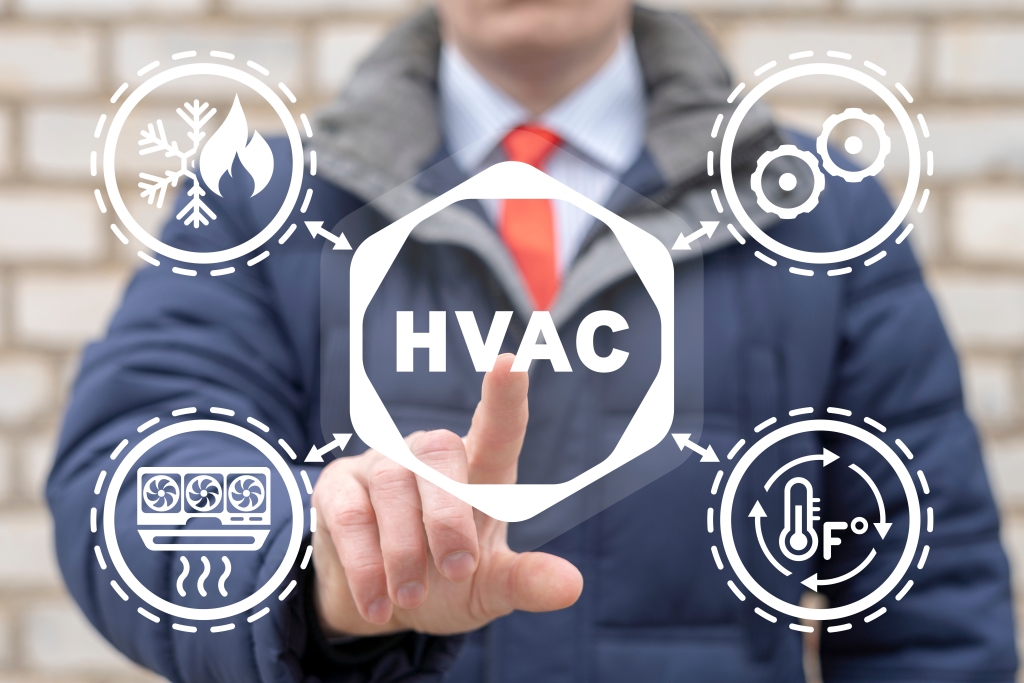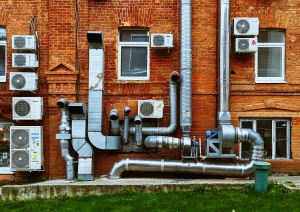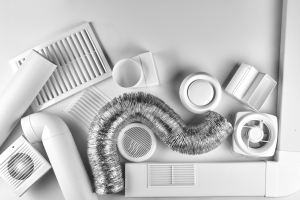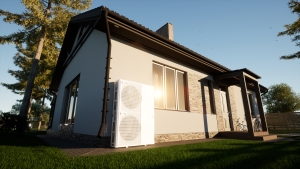In the third installment of our HVAC design series, we delve into the intricacies of sizing and selecting HVAC equipment – a sophisticated HVAC design stage this is often misunderstood. To write this article we have consulted with Jake DeWerth, an HVAC Design & Building Performance Expert from Florida.
Understanding a “Ton” in HVAC
A pivotal concept in HVAC sizing is the term “ton,” as in a “3-ton unit.” This term, originating in the late 1800s, refers to the amount of heat required to melt a ton of ice in a 24-hour period, equating to 12,000 BTU/hr of heating or cooling. However, it’s crucial to note that the tonnage in equipment rating is nominal – a 3-ton unit doesn’t necessarily output 36,000 BTU/hr.
Steps for Performing a Manual S:
- Determining the Starting Point: The first step involves an assessment of the four key factors that affect the required output of a piece of HVAC equipment:
- Total cooling load (both latent and sensible) of the structure.
- Total heating load of the structure.
- Relevant outdoor conditions (elevation, humidity levels, temperature ranges)
- Desired indoor conditions (temperature/humidity level)
- Sizing and Selecting The Cooling Equipment: For cooling equipment, which applies to both heat pumps and air conditioners, the process usually begins with selecting a brand, which is usually one that is familiar to the designer.

The next step is to determine the size of the product that will address the sensible load and the latent capacity (moisture removal). This involves consulting the equipment’s expanded performance data tables to find the optimal pairing of outdoor unit and indoor air handling unit.
In this determination here are typical capacity limits to observe – different types of systems have varying capacity limits:
- Single stage: Up to 115% of total capacity
- 2 stage: Up to 120% of total capacity
- Variable speed: Up to 130% of total capacity
Additionally, the appropriate airflow rate must be chosen based on the region’s humidity levels, with lower airflow rates enhancing moisture removal in humid areas.
- Sizing and Selecting Heating Equipment: When it comes to heating equipment, whether a furnace or a heat pump (increasingly popular in high-performance homes), the goal is finding a piece of equipment that can provide 100%-140% heating capacity at the winter design temperatures. It is important to note that gas furnaces are typically sold based on their input capacity rather than output capacity (how much usable heat it will provide). When selecting a furnace, you should determine the output capacity of the unit at hand.
With heat pumps, the process is very similar to cooling selection, and you must again consult the manufacturer’s expanded performance data to determine the heating capacity the unit can provide at your winter design temperatures.
Since heat pumps provide both heating and cooling, an important consideration is the type of climate. In some climates, especially mixed climates, you must size the heat pump for the cooling load which may result in needing some amount of supplemental heat to meet the winter heating load.
Wrapping Up and What’s Next
Sizing and selecting HVAC equipment through Manual S is not just a technical requirement; it’s an art that balances various factors to achieve optimal performance and efficiency. As we continue our series, we will explore additional aspects such as equipment efficiencies (SEER, COP, HSPF, etc.), further equipping you with the knowledge to excel in HVAC design.





